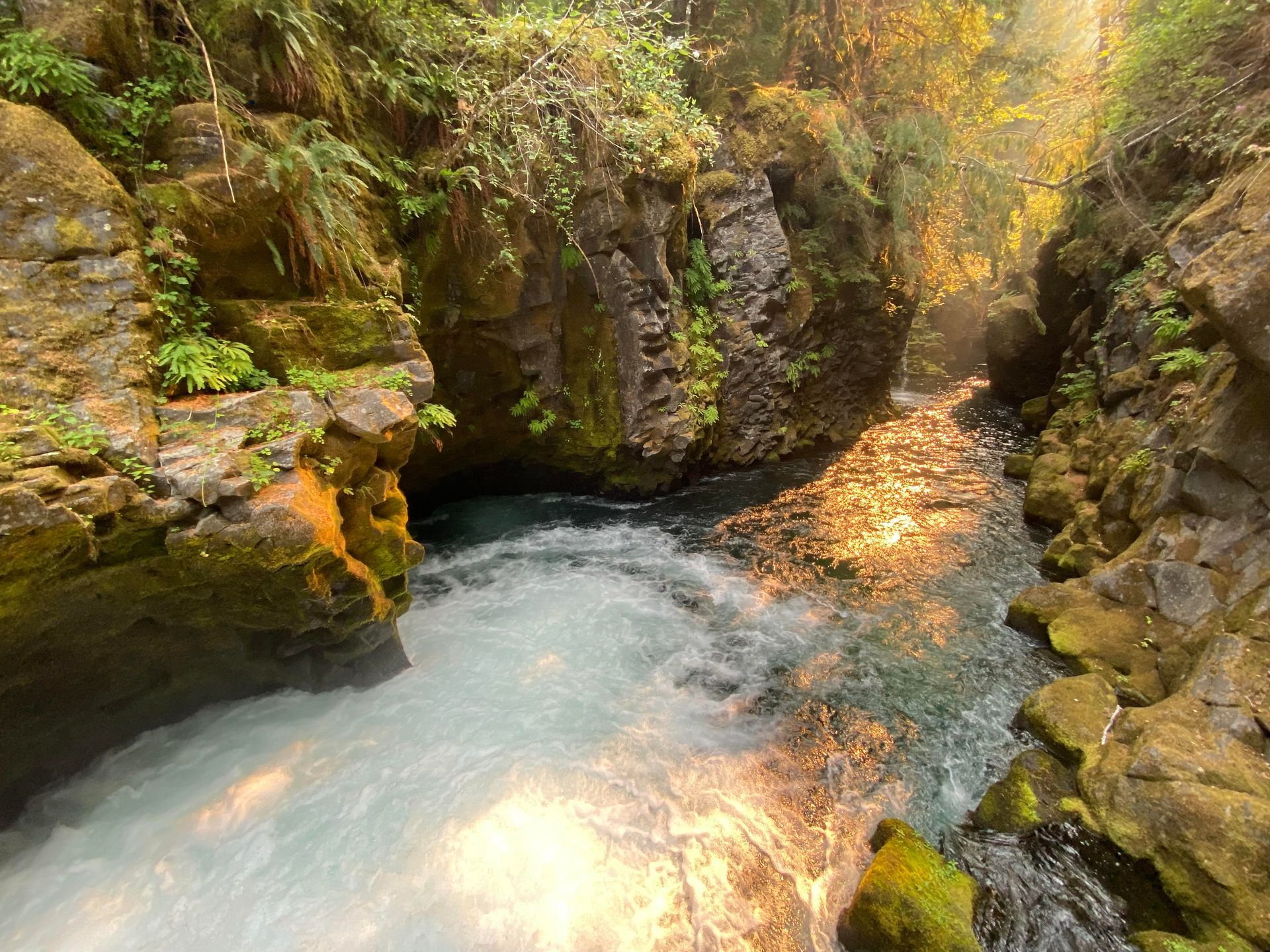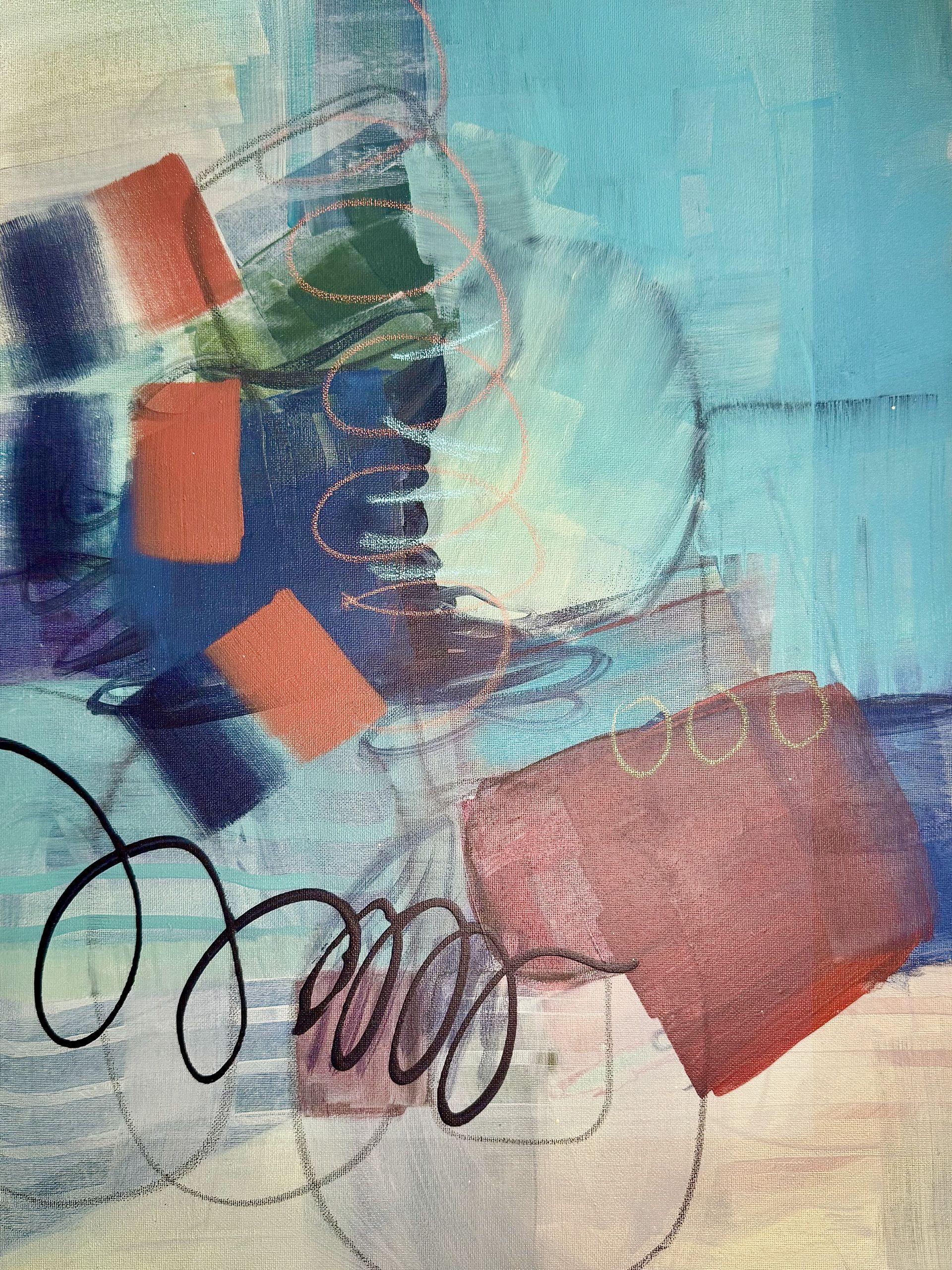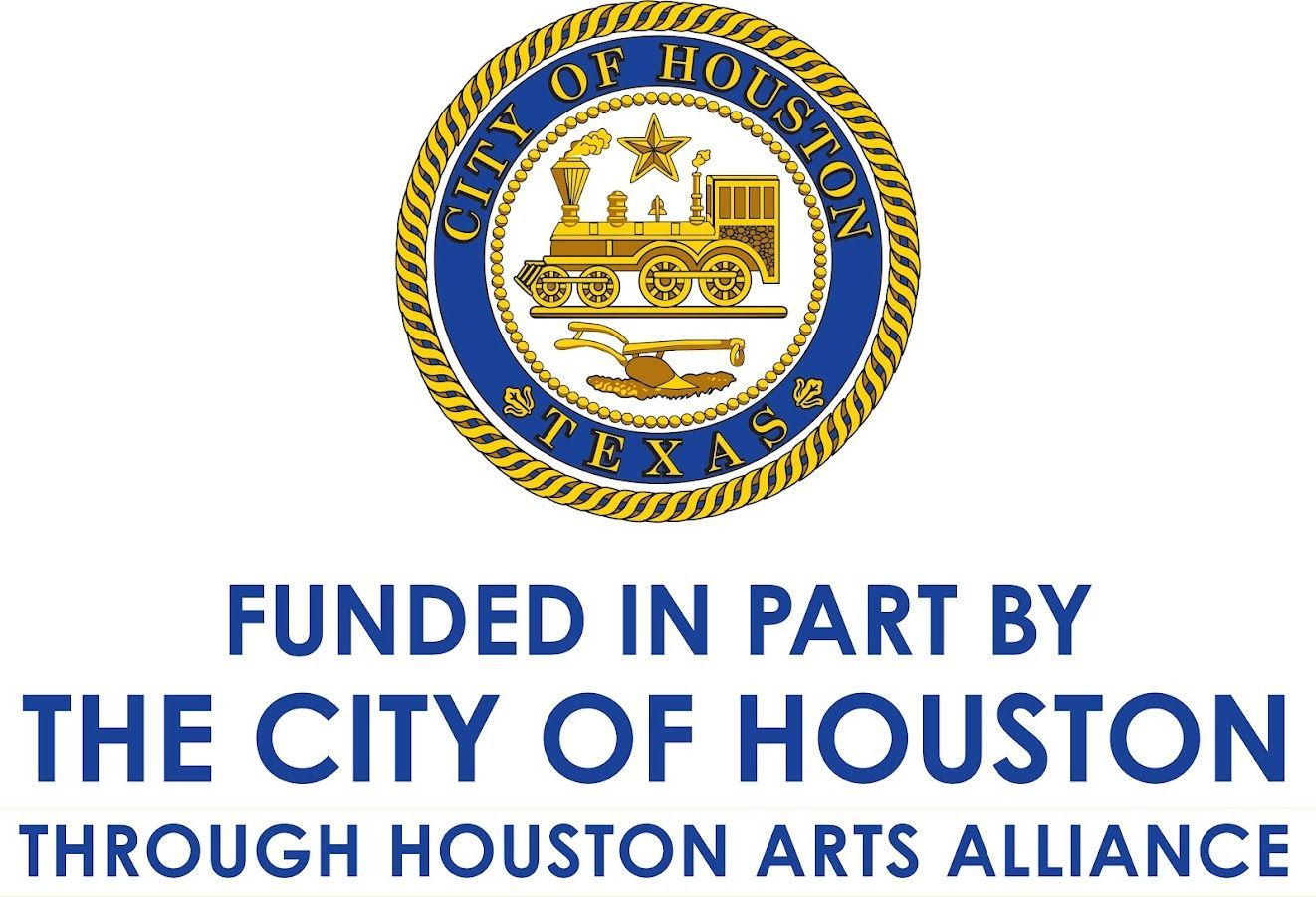Why do we meditate in groups?
Houston Meditation Group
Group meditation is a practice that spans time and cultures. For centuries, like-minded individuals have gathered together to create moments of shared stillness, whether for religious purposes or as a secular mind-body wellness practice. And now, with modern technology, group meditation is more accessible than ever. With live-streaming and video conferencing platforms, people from around the world can virtually gather together and reap the benefits of meditating with their community.
So why is it so important to us at The Jung Center that we hold space for these communal practices, and create regular, accessible opportunities for everyone to engage in group mindfulness and meditation?
Finding your Meditation Community
It’s no secret that the past couple of years have been isolating for a myriad of reasons, and group meditation is a wonderful way to come together and simply exist in the presence of other people. We are naturally social beings, and even the biggest introverts need a certain amount of connection with others. That’s why The Jung Center’s Mind Body Spirit Institute initially began our weekly Power of Community meditations during the height of the pandemic – to offer a 100% free, virtual space for our community members to connect and share a moment of peace together each week.
We have since thankfully been able to reintroduce in-person sessions, but Power of Community remains a popular way for our patrons, both locally and internationally, to have a quick moment of reconnection in the middle of the week. Belonging to a group that meets regularly, online or in-person, allows us to feel like part of something greater, and also gifts us with a support system to engage with socially, that we can learn from and use to hold each other accountable in keeping up with our practice.
A Deeper Meditation Practice
Many individuals have reported that they feel they are able to “go deeper” when meditating in a group vs. by themselves. Meditation often involves expanding your awareness outside of your body, and many find that group meditation allows them to more easily and deeply connect to a sense of collective consciousness. General neuroscience research on group socialization shows that when we share experiences with other humans, our brain waves begin to sync up. We literally become “on the same wavelength” as those we are sharing the experience with.
When that effect is coupled with the effects of meditation on the brain , and making a conscious effort to reach out to others on a spiritual level, the resulting sense of connection to our surroundings is deep and intense. Some researchers have even theorized that the intense connection and collective peace felt through group meditation actually has the capacity to ripple outward and positively impact our general social climate. (For our Jungians, the connection is often made to Jung’s theories on the collective unconscious.)
Why Meditation is Beneficial?
No matter your meditation experience level, there is much to be gained from meditating as part of a group. Not only is it a way for us to deepen our practice in a spiritual sense, but finding a meditation group introduces us to like-minded individuals and gives us a safe space to socialize and gently hold each other accountable, all for the sake of bettering ourselves and the world around us.
– –
We’re beginning to roll out our Summer 2024 class schedule ! If you’re looking for group meditation opportunities, the Mind Body Spirit Institute’s Power of Community , Mindful Morning Moments , and Meditaciones en Español are all completely free, virtual meditation groups with regular weekly and monthly sessions. Come join us!
Article by Rachel Connelly (MBSI Associate), rconnelly@junghouston.org
The post Why do we meditate in groups? appeared first on The Jung Center of Houston, Texas.






